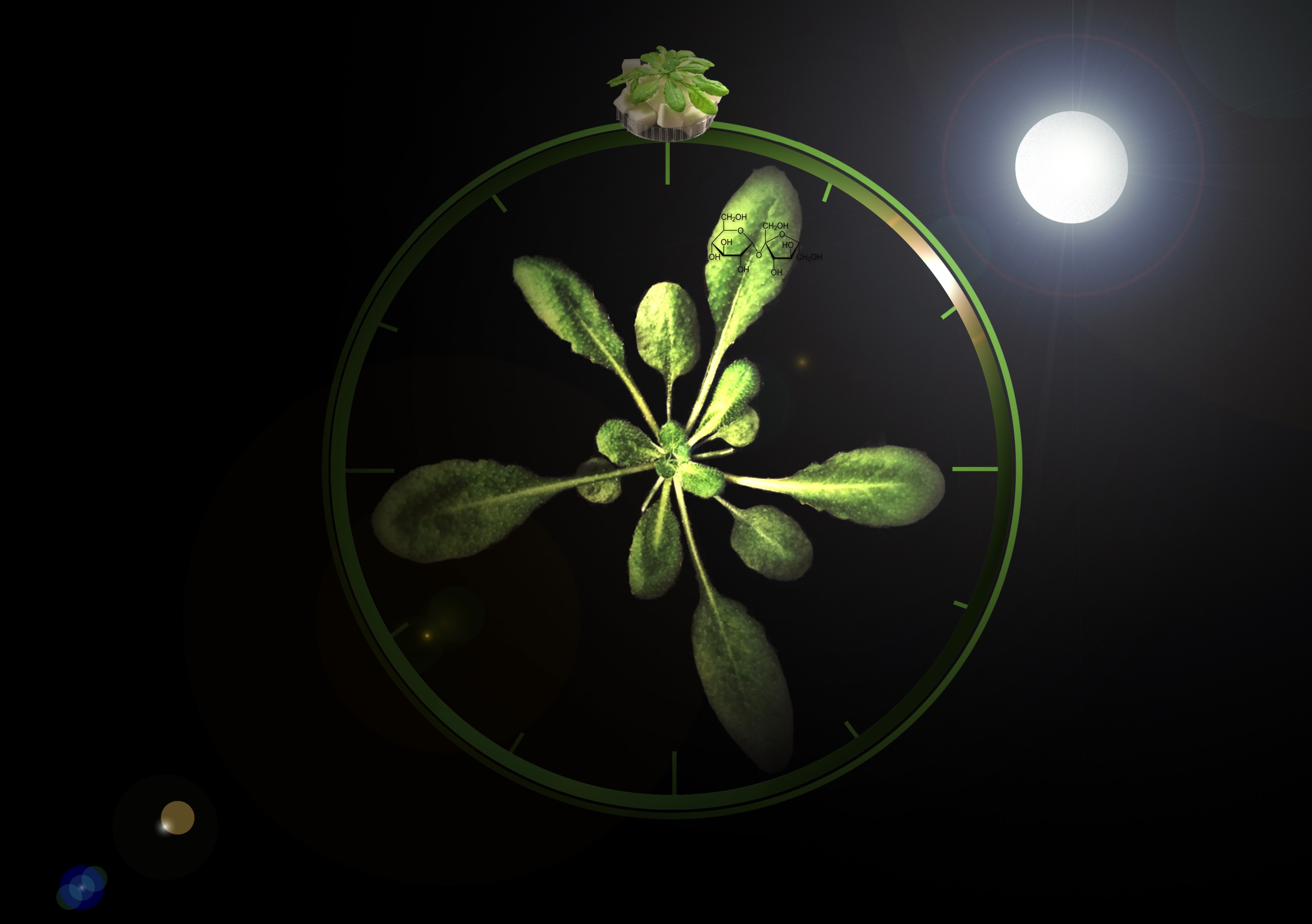
Plants can tell the time of day by measuring their sugar levels
An international team of scientists led by the University of Bristol has discovered how plants adjust their circadian clocks to day and night cycles in order to stay aligned with their surrounding environment. According to the study, plants regulate their circadian rhythms by continuously measuring the amount of sugars in their cells.
Animals, plants, bacteria, and fungi can approximate the time of day through circadian rhythms. For most living things, cues from the circadian cycle guide physical, mental, and behavioral changes.
It is critical for scientists to understand how these circadian systems work for insights into both agriculture and medicine. In the past, for example, changes in circadian rhythms have contributed to domestication of crops.
The current study has revealed that, when sugars made from photosynthesis are detected, the plant makes the necessary changes in energy provision throughout the day.
“Our findings show the first mechanism in plants that shifts the circadian rhythm backwards or forwards to synchronise it with the environment,” said study author Dr. Antony Dodd. “The plant continuously measures the amount of sugar in the cells and uses this information to make the required adjustments.”
Plants must correctly synchronize their circadian rhythms with the timing of day and night so that they can optimize energy and performance. Circadian rhythms control the time when plants grow and allow plants to conserve energy so that they have enough to last throughout the night.
Circadian rhythms also keep plants informed of changes in the seasons, which is particularly important to crops.
Dr. Dodd explained that “the discovery of a mechanism that synchronizes the plant body clock with the time in the environment has identified a new process that could be exploited in future to improve crop performance.”
The study is published in the journal Current Biology.
—
By Chrissy Sexton, Earth.com Staff Writer
Image Credit: Cleverson Matiolli













